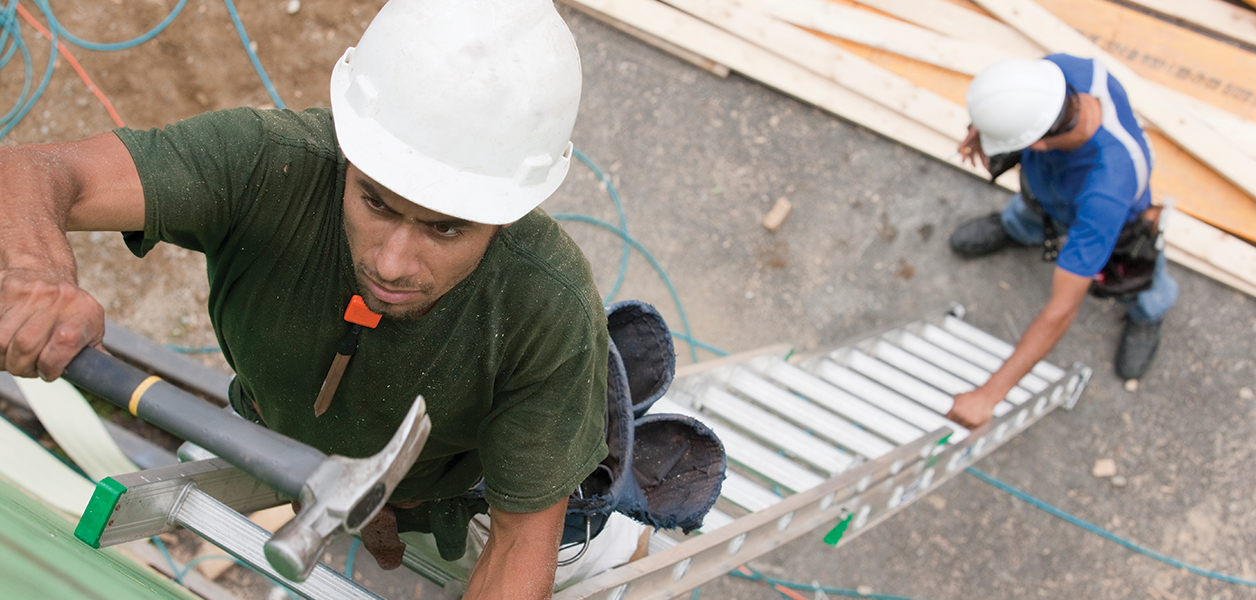The Occupational Safety and Health Administration has issued a hazard alert after the death of a worker whose fall-protection lanyard was severed by an exposed edge as he fell, according to Safety+Health magazine.
Exposed edges may include floors, roofs, decks, platforms or formwork.
“In this case, the lanyard was not approved for working on or around sharp edges,” said OSHA. “Lifeline manufacturers warn about the use of lifelines around edges that could damage the line or prevent it from effectively arresting the fall. Some manufacturers have even developed self-retracting lanyards designed for use around exposed edges.”
Fall-protection equipment manufacturers offer sharp-edge or leading-edge self-retracting lanyards or self-retracting devices that eliminate the hazard of the lifeline cutting or breaking when a fall occurs over a metal or other sharp edge that could damage or cut the line. The American National Standards Institute’s Z359.14 is the standard for manufacturers to follow to minimize the hazard and involves stronger, more cut-resistant lifeline material and additional features to lower arresting forces. Compliant self-retracting lanyards may be identified by the leading-edge designation. SRL-LE devices also are called “foot-level” self-retracting lanyards by some because they are designed to reduce the arresting forces in what typically will be a greater free-fall distance.
The alert lists safe work practices for employers under three main topics: planning ahead, providing the right equipment and training workers regarding the safe use of equipment.
Employers should:
- Inspect fall-protection equipment before it is used and cover exposed edges that could come in contact with a lifeline or lanyard “regardless of the edge’s composition”
- Make sure the covering or protective material will not move when a lifeline or lanyard slides across it
- Limit fall distance or use another control method to avoid lanyard or lifeline contact with the edge if covering is not feasible
Falls are the leading cause of death in the construction industry. Learn how to reduce roofing-related injuries and deaths with NRCA’s safety classes, webinars and publications.





